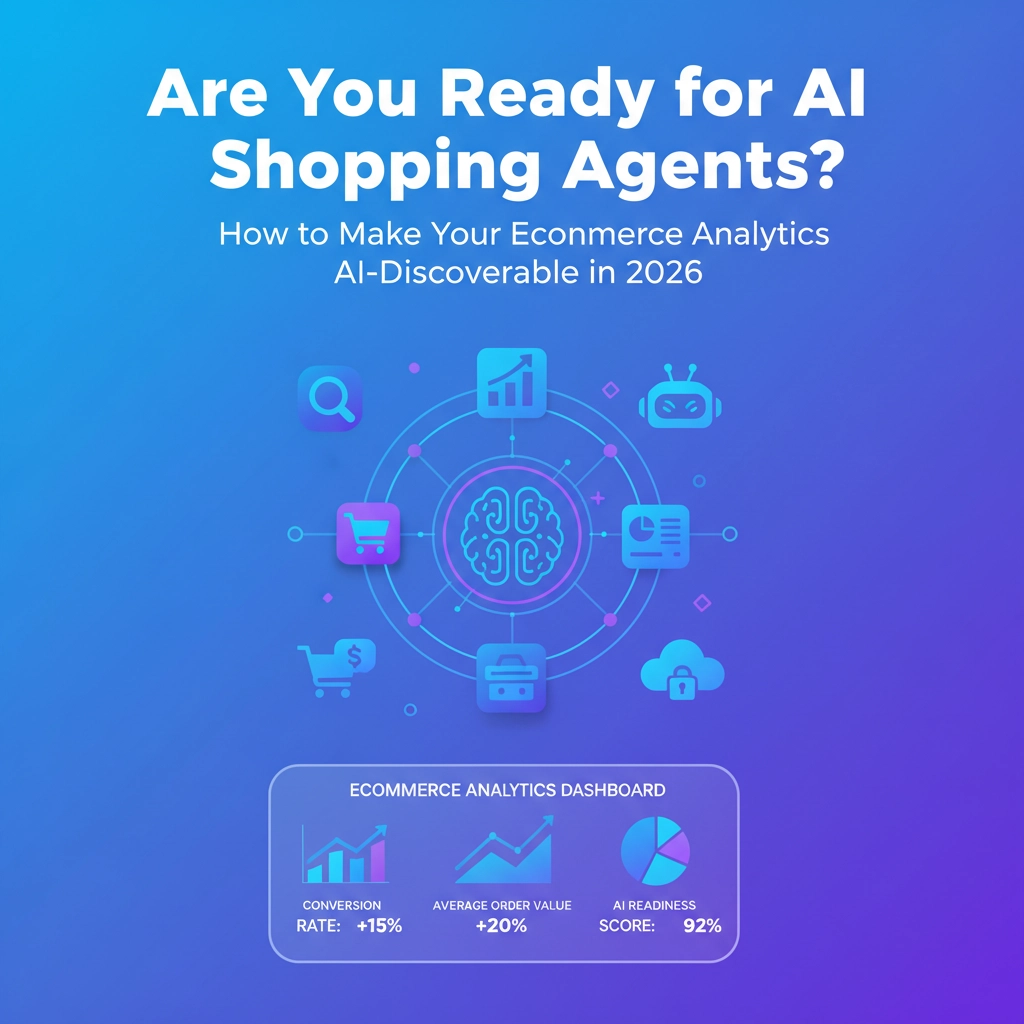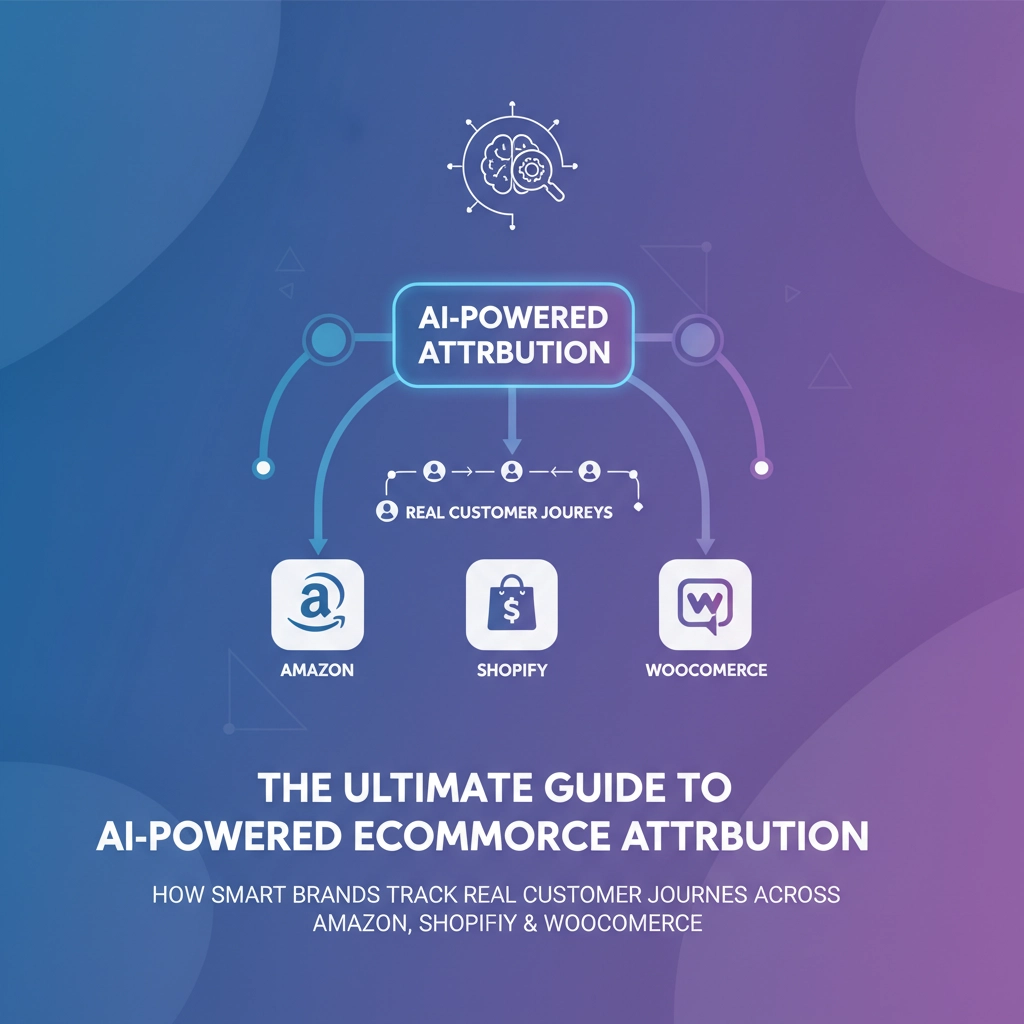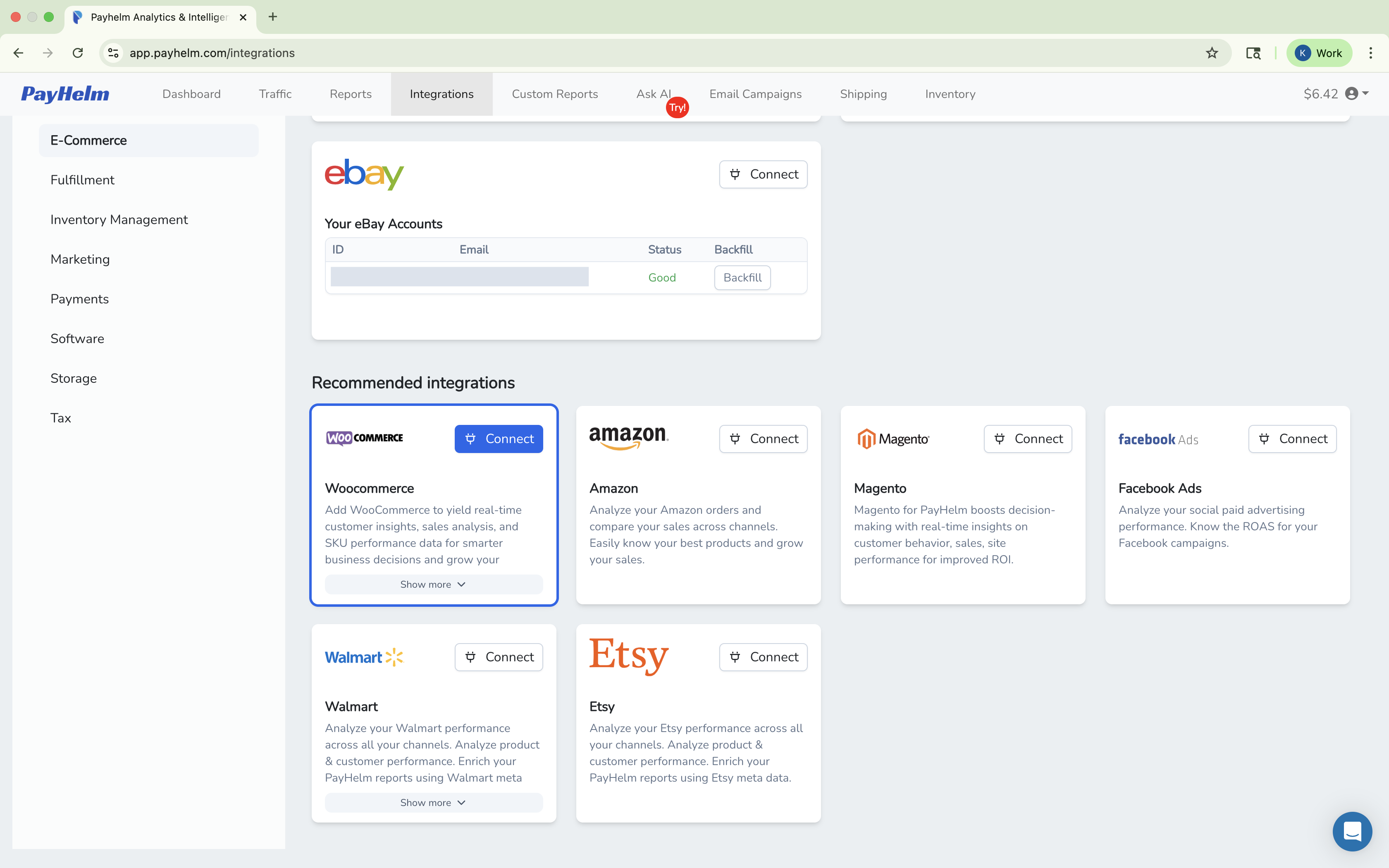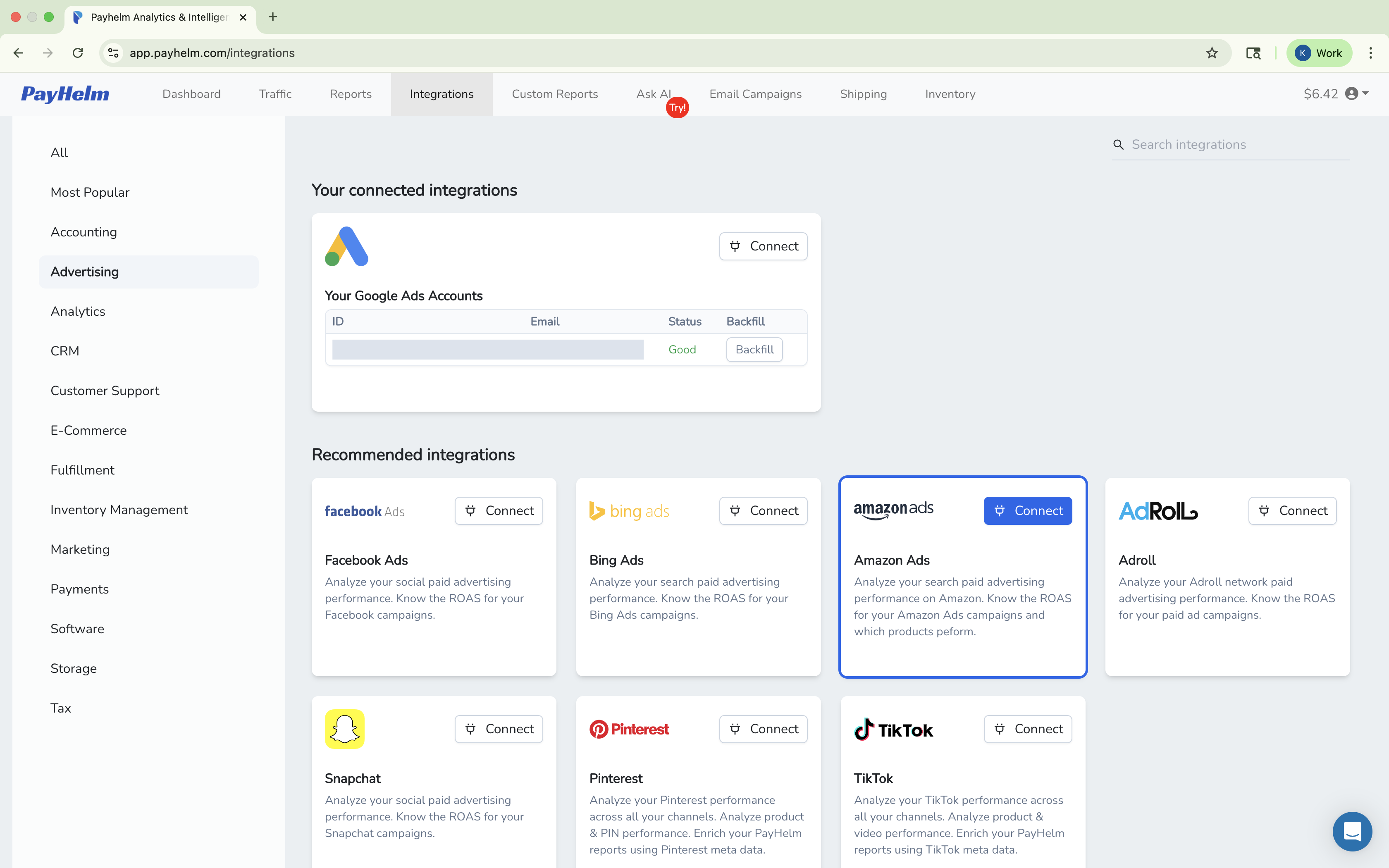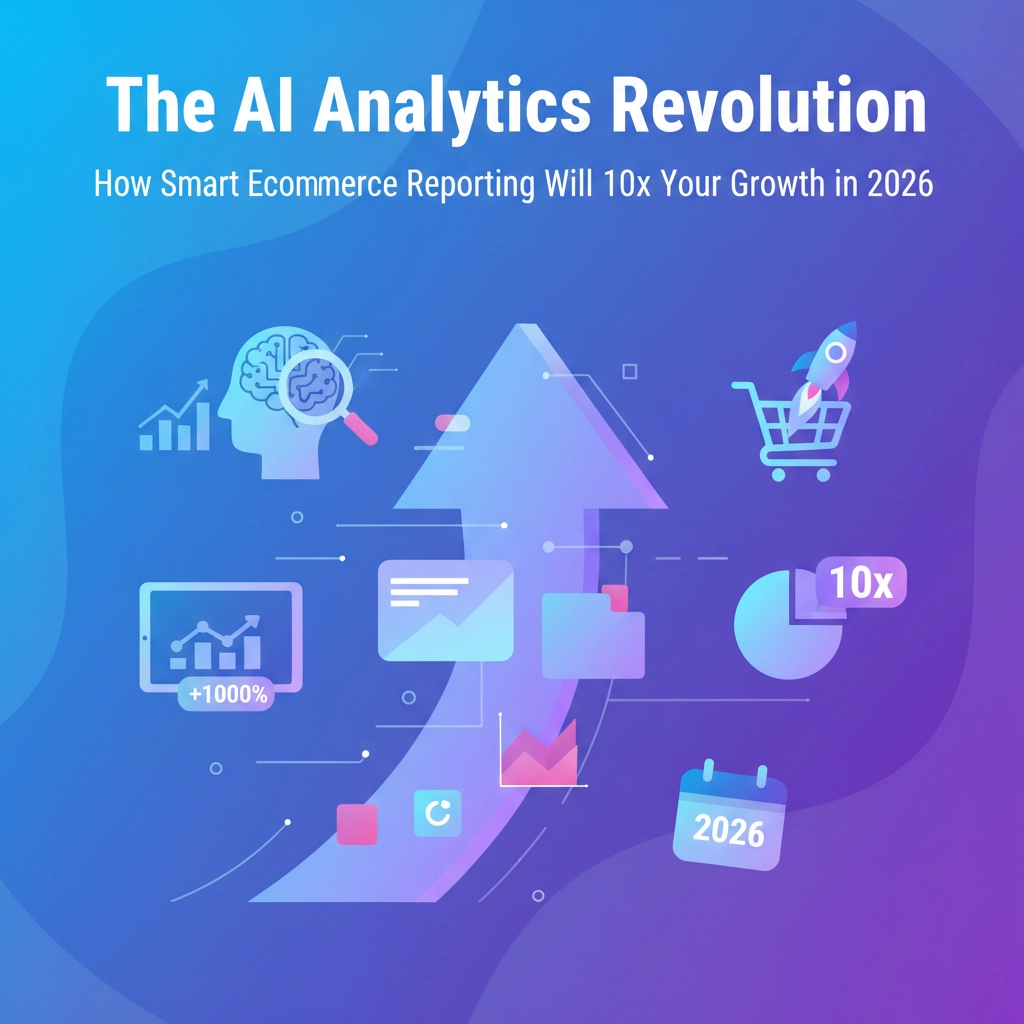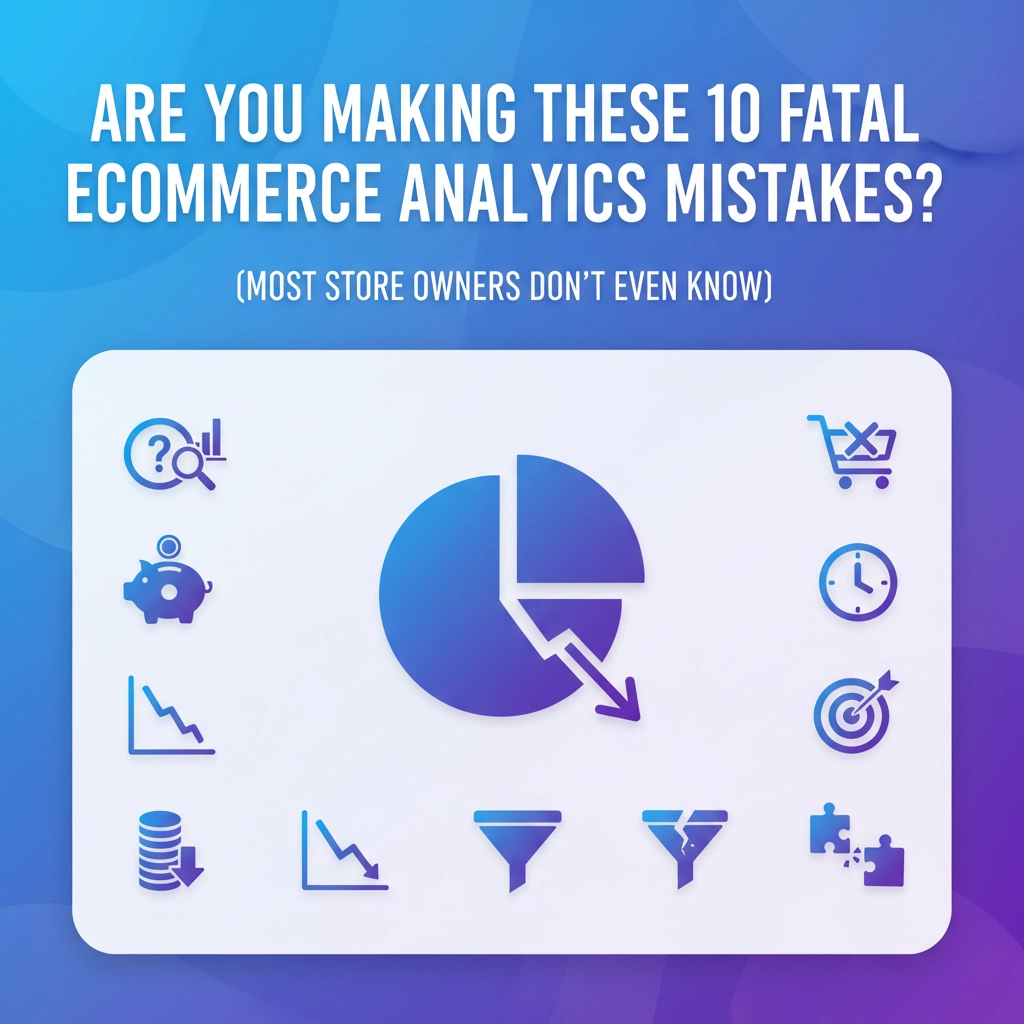The Ultimate Guide to AI-Powered Ecommerce Attribution: How Smart Brands Track Real Customer Journeys Across Amazon, Shopify & WooCommerce
Modern ecommerce attribution has evolved far beyond simple first-click or last-click models. Today's smart brands leverage artificial intelligence to decode complex customer journeys that span multiple touchpoints, devices, and platforms. With customers interacting with brands across an average of 6-8 touchpoints before purchasing, traditional attribution methods leave massive blind spots in understanding what actually drives conversions.
AI-powered attribution transforms how businesses track customer behavior across major ecommerce platforms including Amazon, Shopify, and WooCommerce. This technology processes vast datasets to identify patterns, predict outcomes, and assign accurate conversion credit to marketing channels that truly influence purchase decisions.
Why Traditional Attribution Models Break Down
Legacy attribution methods rely on oversimplified rules that ignore the nuanced reality of modern customer journeys. First-click attribution credits only the initial touchpoint, while last-click models assign all value to the final interaction before purchase. These approaches miss critical middle-funnel activities that nurture prospects toward conversion.
Linear attribution distributes credit equally across all touchpoints, but this assumes every interaction carries identical influence: a fundamentally flawed premise. Position-based models attempt improvements by weighting first and last touches more heavily, yet still operate on predetermined assumptions rather than actual behavioral data.
The fundamental limitation lies in their inability to process context. Traditional models cannot recognize that a social media ad carries different influence depending on timing, previous interactions, or product category characteristics. They fail to account for cross-device behavior, offline influences, or the complex interplay between organic and paid channels.

How AI Revolutionizes Attribution Intelligence
AI-powered attribution systems process multiple data streams simultaneously to construct comprehensive customer journey maps. Machine learning algorithms analyze browsing patterns, search behavior, email engagement, social media interactions, and purchase history across devices and sessions to identify meaningful correlation patterns.
These systems recognize that certain touchpoint sequences predict higher conversion rates, specific channels accelerate purchase decisions for particular product categories, and timing patterns significantly affect channel effectiveness. Advanced algorithms continuously refine their models as new data arrives, adapting to seasonal trends, promotional impacts, and evolving customer behaviors.
Unlike rule-based models, AI attribution learns from actual customer behavior rather than operating on predetermined assumptions. This enables dynamic credit assignment that reflects real-world influence patterns, delivering more accurate ROI measurements and enabling smarter budget allocation decisions.
Platform-Specific Attribution Strategies
Amazon: Navigating the Walled Garden
Amazon's closed ecosystem presents unique attribution challenges for brands seeking comprehensive journey visibility. The platform controls customer data and restricts external tracking capabilities, making traditional cross-platform attribution nearly impossible through standard methods.
Within Amazon's walled garden, advertisers rely on Amazon Attribution to measure how non-Amazon media influences Amazon shopping activity and conversions; underlying systems and data are proprietary and not directly accessible (Source: Amazon Ads).
For Amazon sellers, internal attribution focuses on understanding platform-specific touchpoints including sponsored product ads, brand stores, A+ content, customer reviews, and organic search rankings. Amazon Attribution provides limited cross-channel insights by tracking how external marketing drives Amazon conversions, though with significant data restrictions (Source: Amazon Attribution).
Smart brands optimize for Amazon's internal signals while implementing complementary tracking for external channels that drive Amazon traffic. This dual approach maximizes visibility within platform constraints while maintaining broader attribution intelligence.
Shopify: Open Architecture Advantages
Shopify's extensive app ecosystem and open API architecture enable comprehensive attribution implementation across the entire customer journey. The platform supports direct integrations with Google Analytics, Facebook Pixel, and specialized attribution tools without requiring custom development (Source: Shopify Analytics).
Shopify Plus merchants access advanced analytics features including customer behavior analysis, conversion funnel tracking, and multi-channel attribution reporting. These capabilities integrate seamlessly with external tools like Google Analytics Enhanced Ecommerce, providing detailed transaction and product performance data (Source: Shopify Plus).
AI-powered apps within Shopify's marketplace offer sophisticated recommendation engines, dynamic pricing optimization, and automated marketing attribution. Tools like Klaviyo and Omnisend provide advanced customer journey mapping by combining Shopify data with email, SMS, and social media touchpoints.
The platform's flexibility enables custom attribution models tailored to specific business requirements. Merchants can implement cross-device tracking, offline conversion mapping, and advanced customer lifetime value calculations through integrated analytics solutions.

WooCommerce: Maximum Customization Flexibility
WooCommerce's WordPress foundation provides unlimited customization opportunities for attribution implementation. Merchants can integrate Google Analytics Enhanced Ecommerce, advanced CRM systems, and specialized attribution platforms through plugins and custom development (Source: WooCommerce Analytics).
The platform supports comprehensive tracking across website interactions, email campaigns, social media advertising, content marketing, and affiliate programs. Popular plugins like MonsterInsights and WooCommerce Google Analytics Pro provide detailed ecommerce tracking with custom dimension support.
Advanced implementations leverage customer data platforms like Segment or custom analytics solutions that unify online and offline touchpoint data. This enables sophisticated attribution models that account for phone consultations, in-store visits, and other non-digital interactions.
WooCommerce merchants benefit from extensive third-party tool compatibility, enabling integration with specialized attribution platforms like Triple Whale, Northbeam, or custom solutions built on Google Analytics 4 or Adobe Analytics frameworks.
Implementing Multi-Touch Attribution Systems
Successful attribution implementation begins with clear success metric definitions including conversion rate, revenue per channel, customer acquisition cost, and lifetime value calculations. These metrics guide attribution strategy and ensure measurement aligns with business objectives.
Integration requirements include CRM systems, email marketing platforms, advertising channels, analytics tools, and customer support systems. Comprehensive attribution demands data unification across all customer touchpoints to construct complete journey maps.
Google Analytics 4 provides enhanced cross-device tracking and machine learning-powered insights that improve attribution accuracy through advanced modeling techniques (Source: Google Analytics 4). The platform's enhanced measurement automatically tracks key ecommerce events while enabling custom conversion definition.
Advanced attribution platforms like Triple Whale, Northbeam, and Rockerbox specialize in ecommerce attribution by combining first-party data with advanced modeling techniques. These tools provide incrementality testing, media mix modeling, and predictive attribution capabilities beyond standard analytics platforms.
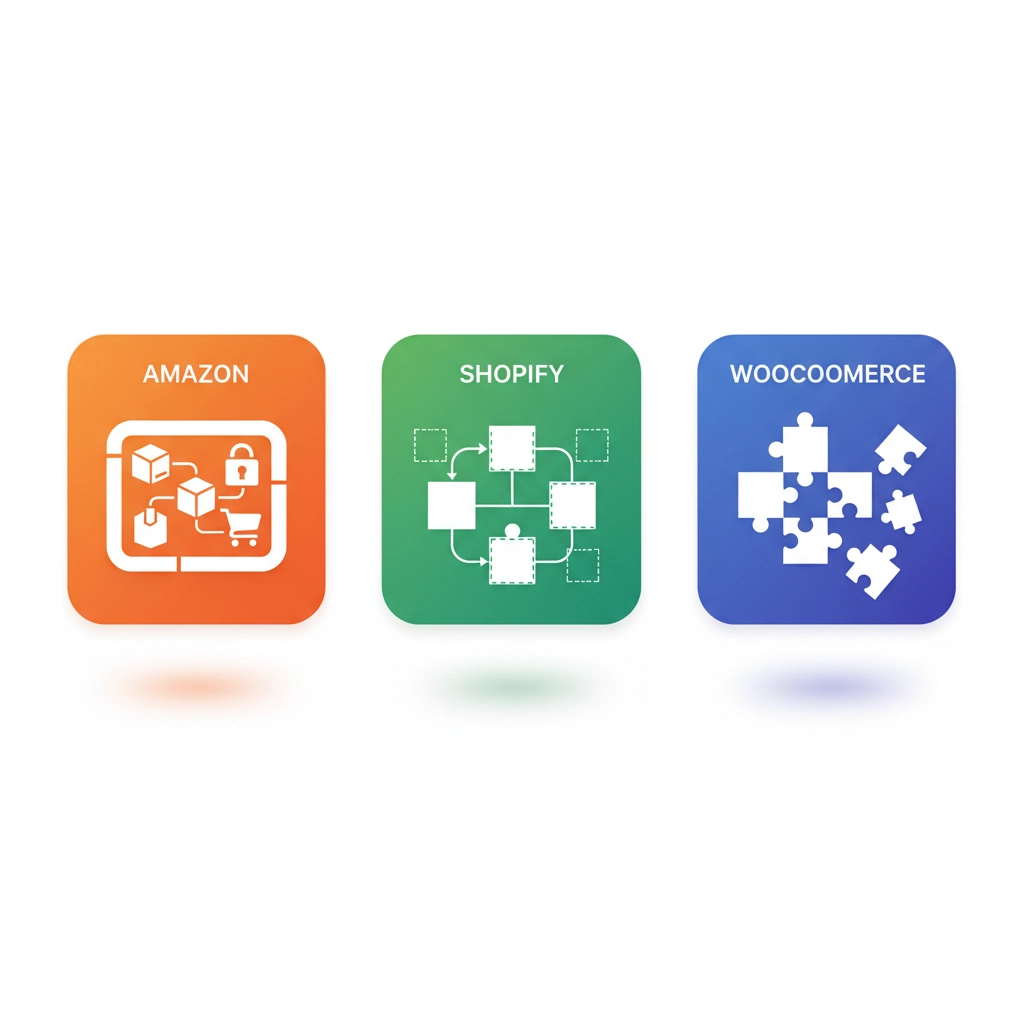
Measuring Attribution Success and ROI
Attribution tracking enables precise marketing optimization through data-driven insights into channel performance, customer behavior patterns, and conversion path analysis. Smart brands segment attribution data by product category, customer demographics, seasonal timing, and channel combinations to identify specific performance drivers.
Key performance indicators include channel-specific conversion rates, average order values, customer acquisition costs, and lifetime value metrics. Advanced analysis incorporates incrementality testing to measure true causal impact rather than correlation-based attribution.
Customer journey analysis reveals optimization opportunities including high-dropout touchpoints, underperforming channel combinations, and timing patterns that affect conversion rates. This intelligence enables strategic budget reallocation toward proven high-impact touchpoints.
Return on ad spend (ROAS) calculations become more accurate through proper attribution, enabling confident scaling decisions based on true channel performance rather than last-click assumptions. Brands typically see 15-30% improvement in marketing efficiency after implementing comprehensive attribution systems.
Advanced Attribution Techniques
Machine learning algorithms enable predictive attribution that forecasts future conversion probability based on current customer behavior patterns. This capability allows real-time marketing optimization and personalized experience delivery based on journey stage insights.
Cohort analysis reveals how attribution patterns vary across different customer segments, acquisition periods, and product categories. These insights enable personalized attribution models that account for segment-specific behavioral differences.
Cross-device attribution connects customer interactions across smartphones, tablets, desktops, and connected devices to construct complete journey maps. Advanced identity resolution techniques link anonymous sessions to known customers through probabilistic and deterministic matching methods.
Offline attribution integration connects digital touchpoints with phone consultations, in-store visits, and other non-digital interactions. This comprehensive approach provides complete customer journey visibility for omnichannel businesses.
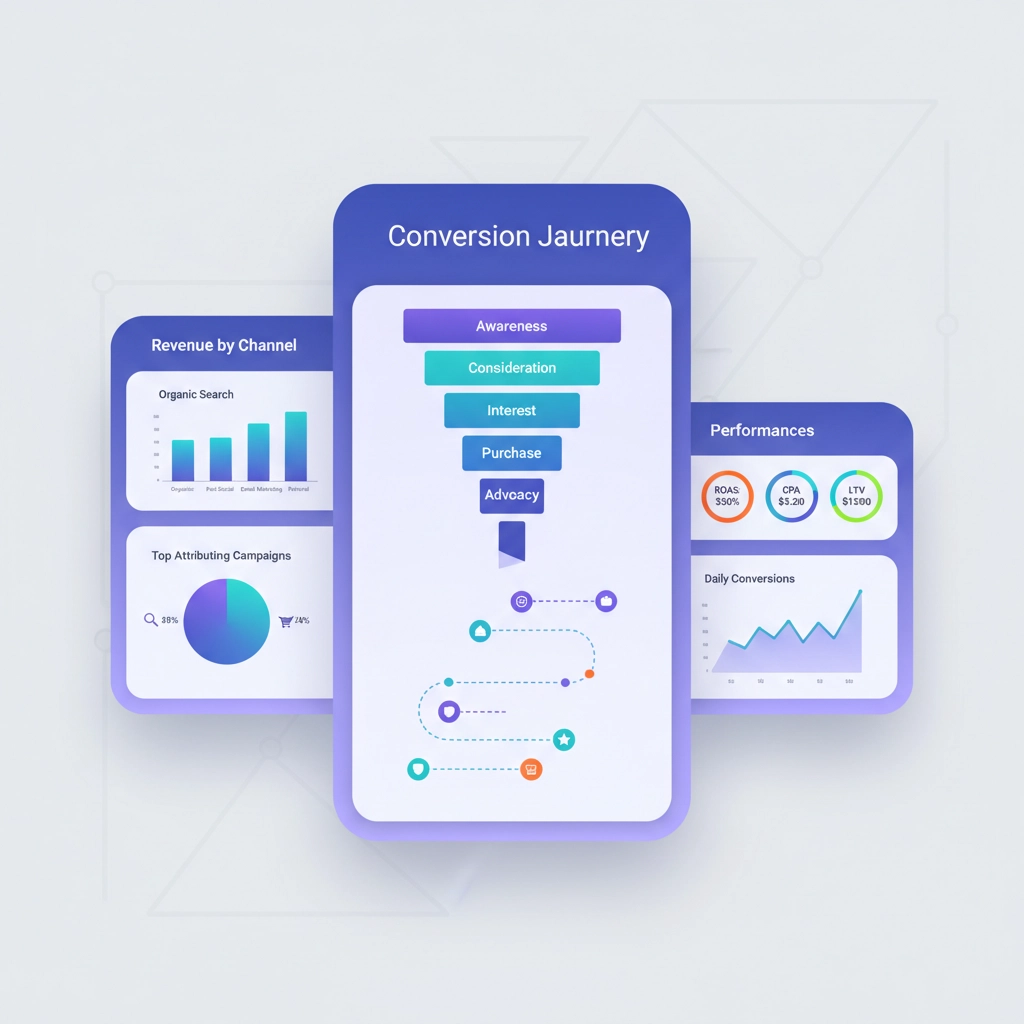
Future of AI-Powered Attribution
Emerging technologies including enhanced natural language processing, computer vision, and predictive analytics continue advancing attribution capabilities. Future systems will provide real-time optimization recommendations and automatically adjust marketing spend based on attribution insights.
Privacy-first attribution solutions adapt to cookieless tracking requirements through first-party data strategies, server-side tracking implementation, and enhanced measurement techniques. These approaches maintain attribution accuracy while respecting evolving privacy regulations.
Artificial intelligence democratizes sophisticated attribution capabilities, enabling smaller businesses to implement enterprise-level tracking and optimization systems without massive technical investments. This accessibility transforms attribution from competitive advantage to baseline requirement.
Integration between attribution systems and marketing automation platforms enables closed-loop optimization where attribution insights automatically trigger campaign adjustments, budget reallocations, and personalization updates in real-time.
Master AI-Powered Attribution with PayHelm
Smart brands recognize that accurate attribution forms the foundation of profitable ecommerce growth. PayHelm's comprehensive analytics platform unifies customer journey data across Amazon, Shopify, WooCommerce, and beyond, delivering the attribution intelligence required for confident optimization decisions.
Discover how PayHelm transforms complex customer journey data into actionable insights that drive measurable growth. Connect your ecommerce platforms, unlock advanced attribution capabilities, and optimize marketing performance with confidence.
Explore PayHelm's attribution features and experience how AI-powered customer journey intelligence accelerates ecommerce success across every platform and touchpoint.
